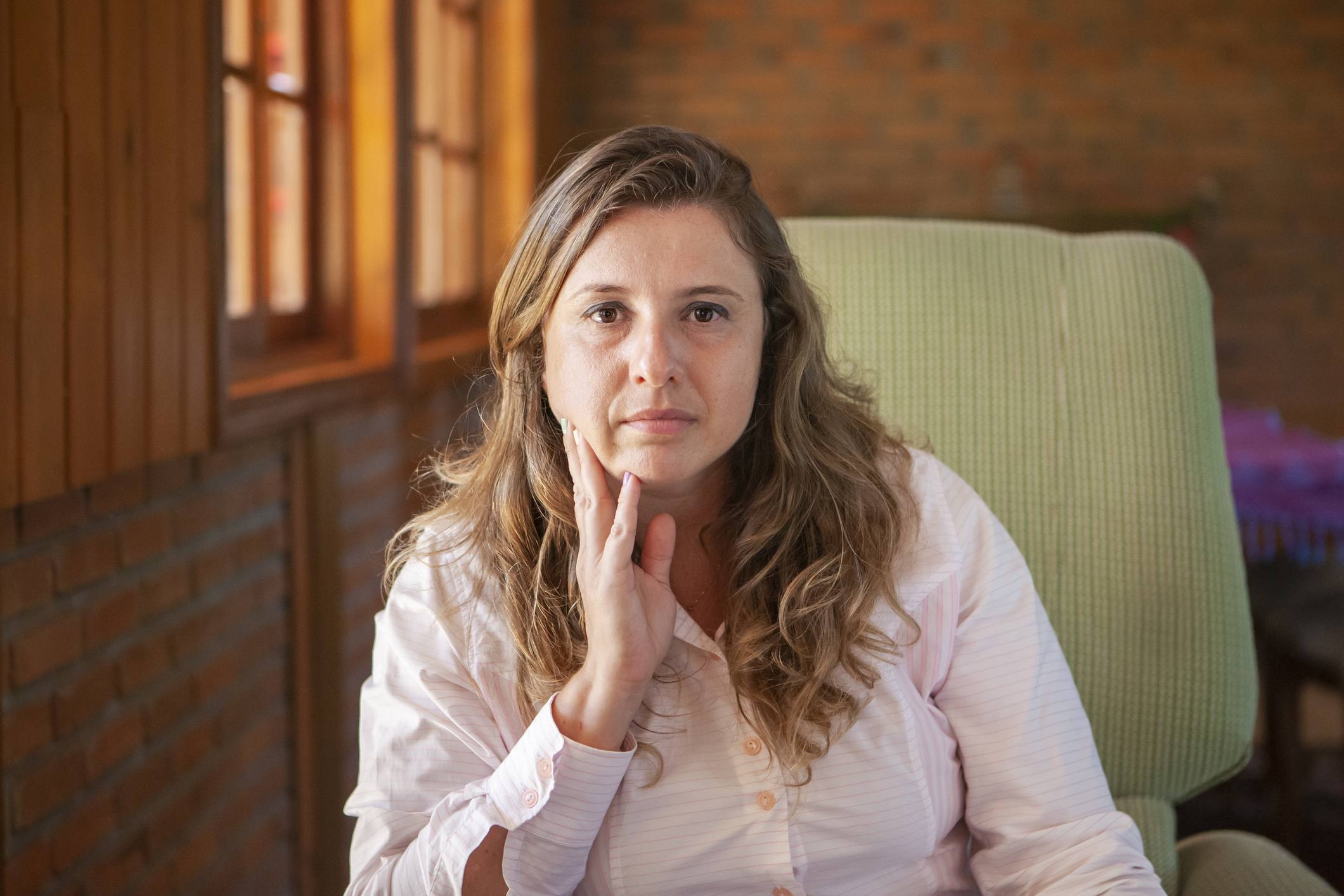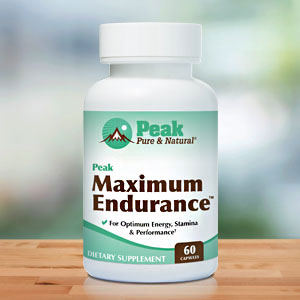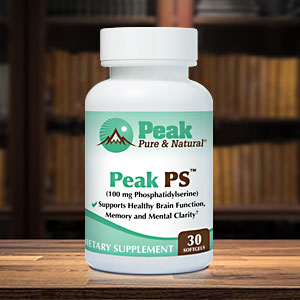Get Easy Health Digest™ in your inbox and don’t miss a thing when you subscribe today. Plus, get the free bonus report, Mother Nature’s Tips, Tricks and Remedies for Cholesterol, Blood Pressure & Blood Sugar as my way of saying welcome to the community!
The 22-minute solution to a longer life

I do my best to take care of my health, and that includes getting exercise. But I’ve been so busy lately it’s been tough to fit it in.
Still, I at least try to manage a quick walk around the neighborhood at lunchtime every day. It only takes me 25 minutes or so, but I figure every little bit helps.
Turns out I was right. In fact, that 25 minutes might be all I need to counteract the negative effects of all the sitting I do at work all day…
22 minutes offsets hours of sitting
Adults in developed nations spend an average of 9 to 10 hours a day sitting down, mostly when they’re at work. Some sit for even longer periods, spending their leisure hours curled up with a good book or binge-watching TV shows.
Research shows this highly sedentary lifestyle can be deadly. But a lot of the studies on the benefits of physical activity to counter this prolonged sitting have relied on aggregated data, a sort of broad-brush approach to research.
One team of international researchers decided to overcome this by pooling individual participant data from four different groups of people wearing activity trackers. They examined that data to see whether physical activity might modify the link between time spent seated and death, and how much activity and sitting time influenced that risk.
The analysis included just under 12,000 people at least 50 years of age. They had a minimum of four days of 10 daily hours of activity tracker records and had been monitored for at least two years. They also had provided details of potential influencing factors like sex, educational level, weight, height, smoking history, alcohol intake and pre-existing conditions like cardiovascular disease, cancer or diabetes.
Of those people, 5,943 had spent fewer than 10.5 hours sitting down every day, while 6,042 spent 10.5 or more hours sitting.
During an average period of five years, 805 people, or 7% of the total participants, died. Of those, 357 had spent under 10.5 hours seated every day (or 6% of that subtotal), while 448 had come in at 10.5 hours or more (or 7% of that subtotal).
Analyzing the activity tracker data showed that being sedentary for more than 12 hours a day was associated with a 38% higher risk of death compared with 8 hours a day of sitting. However, that was only true among those who did fewer than 22 daily minutes of moderate to vigorous physical activity (MVPA).
A higher amount of MVPA was connected with a lower risk of death no matter how much time the participant spent seated. But the association between sedentary time and death was largely influenced by how much MVPA a participant engaged in.
For example, an extra 10 minutes a day of MVPA lowered risk of death by 15% in those spending fewer than 10.5 hours seated a day, and by a whopping 35% in those spending more than 10.5 daily sedentary hours.
The researchers also examined the effects of light physical activity as well. They found it was only associated with a lower risk of death among those who spent more than 12 hours a day seated.
Because this is an observational study, it can’t establish cause and effect, or account for potentially influential factors like diet, mobility issues and general health. As well, activity trackers may not correctly classify all activity types and their corresponding intensity.
Still, the researchers conclude that small amounts of MVPA may be an effective strategy to offset the death risk associated with hours spent seated “where accumulating more than 22 mins of MVPA eliminates the risk of high sedentary time.”
Picking up the pace
If, like me, you’re exercising for more than 22 minutes a day, that’s a great start to improving your risk of death. But you need to make sure you’re ramping up the pace if you want to push it into the MVPA zone. Your activity is considered MVPA when what you’re doing is causing you to breathe heavily and making it hard for you to hold a conversation.
For instance, if your daily exercise is walking, try picking up the pace until you’re breathing hard enough to make talking an effort. Or if you can, head to the gym for 22 minutes or so. A stationary bike, elliptical machine or stair climber are great choices for MVPA. Even strength training can become MVPA if you speed up your exercises and up your weight or resistance.
For me, I have a couple of steep hills around my residence, so I plan to incorporate those into my walk whenever possible. Climbing uphill is a great way to turn light exercise into MVPA.
Editor’s note: Are you feeling unusually tired? You may think this is normal aging, but the problem could be your master hormone. When it’s not working, your risk of age-related diseases skyrockets. To reset what many call “the trigger for all disease” and live better, longer, click here to discover The Insulin Factor: How to Repair Your Body’s Master Controller and Conquer Chronic Disease!
Sources:
Daily 20-25 mins of physical activity may offset death risk from prolonged sitting — EurekAlert!
Device-measured physical activity, sedentary time, and risk of all-cause mortality: an individual participant data analysis of four prospective cohort studies — British Journal of Sports Medicine















